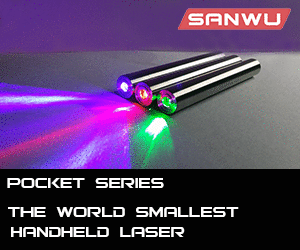- Joined
- Jun 2, 2011
- Messages
- 45
- Points
- 0
I hobbied with electronics when I was much, much younger and am getting back into it with a kit build and then a laser build. When I did this before, I had copper pipes in the house that I would ground myself to. Today, PVC only, no exposed copper pipes, no register heat, no nothing! What else can I ground myself to so as to not destroy my diode? Would the ground plug of an AC outlet work? Other suggestions?
I did a forum search and did not see this questions asked so here it is and sorry if it has already been posted and answered.
Thanks.
I did a forum search and did not see this questions asked so here it is and sorry if it has already been posted and answered.
Thanks.



